
This series showcases Toyota's research in non-automotive fields. This time, we take to the skies with power-generating kites.
Discoveries at Kosai
Itakura visited the city of Kosai, Shizuoka, the birthplace of Toyota Group founder Sakichi Toyoda.
As a child, Sakichi was known for his kite-flying prowess. His lifelong love of kites was such that the auto-stop mechanism that halted his automatic looms when the warp broke is said to have been inspired by the sensation of holding a kite line.
When Itakura visited Kosai City Hall, he found on display a kite just like those reportedly crafted by Sakichi, reproduced from original documents.
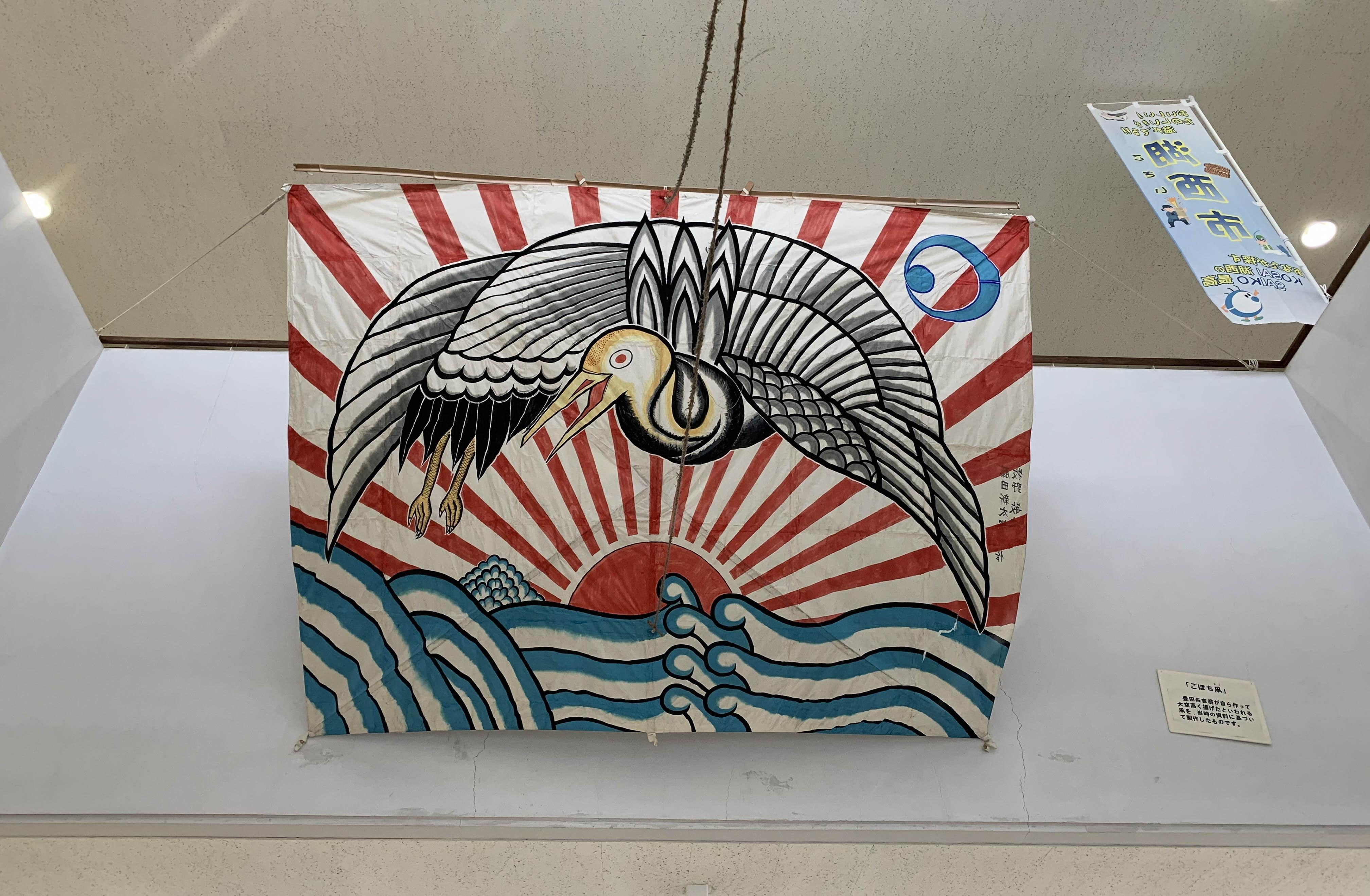
Taking advantage of strong winds in the Enshu Sea, Kosai residents have made kite-flying a feature of everyday life. With assistance from the city hall, Itakura had a chance to demonstrate his creation in front of local children.
This demonstration came at a time when the project seemed on the verge of being terminated. The cheering crowd of parents and children provided a great motivation boost for Itakura and his team.
Getting paid to fly kites?
Despite pouring his efforts into the research, Itakura laughs as he recalls his family’s early comments that he was “getting paid to fly kites.”
Having witnessed his dedication firsthand, however, both of his sons are now following in their father’s footsteps by majoring in aerospace engineering at university.
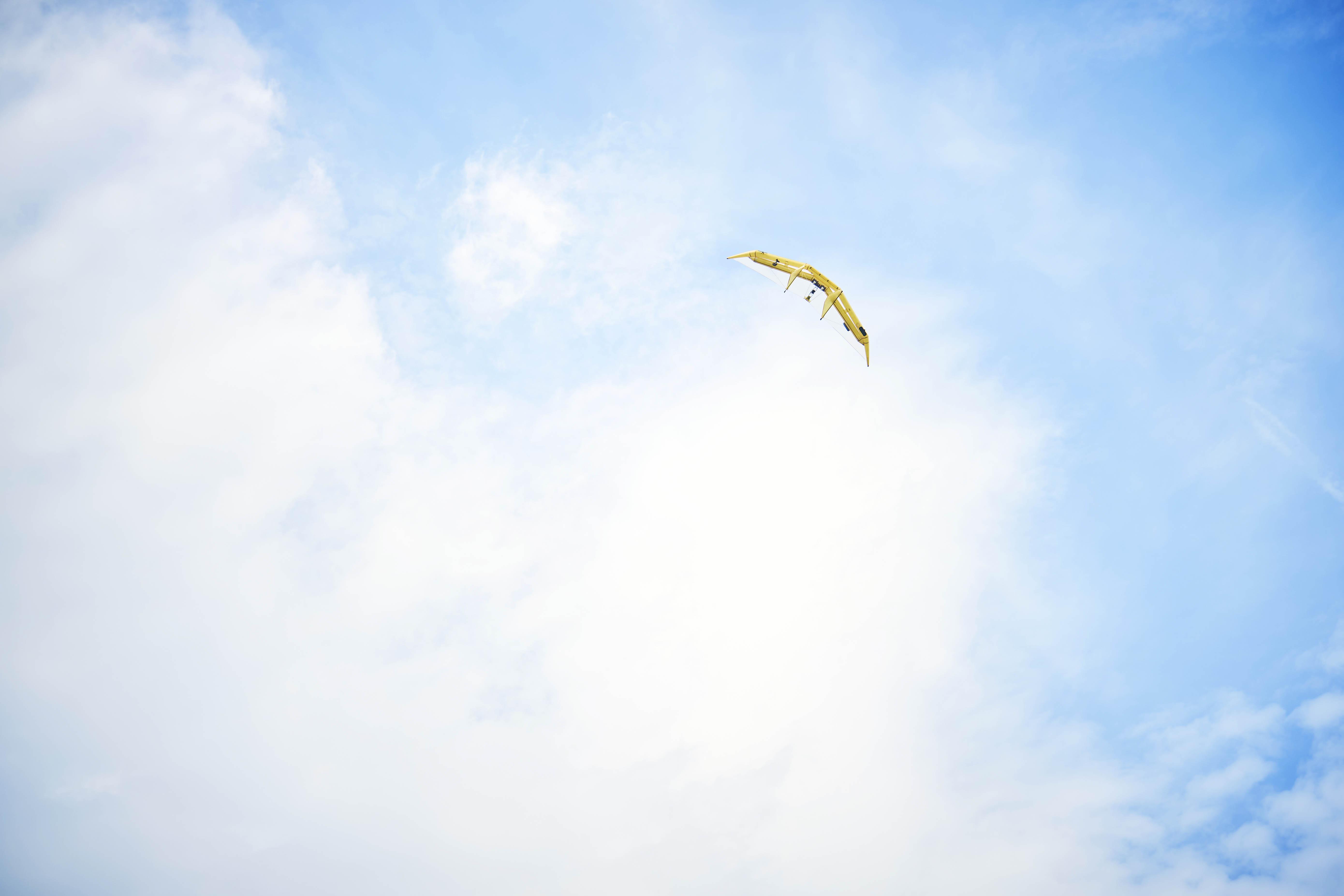
Naturally, the unique project has also created a buzz around Toyota.
“At a recent briefing for former Chairman Uchiyamada, the first thing he said to me was, ‘So you’re the famous fellow who gets paid to fly kites,’” Itakura recalls happily.
He continues to provide development updates and receive guidance, along with some recent encouragement: “The wide range of applications makes it challenging but keep doing your best!”
Indeed, the project holds great potential beyond power generation.
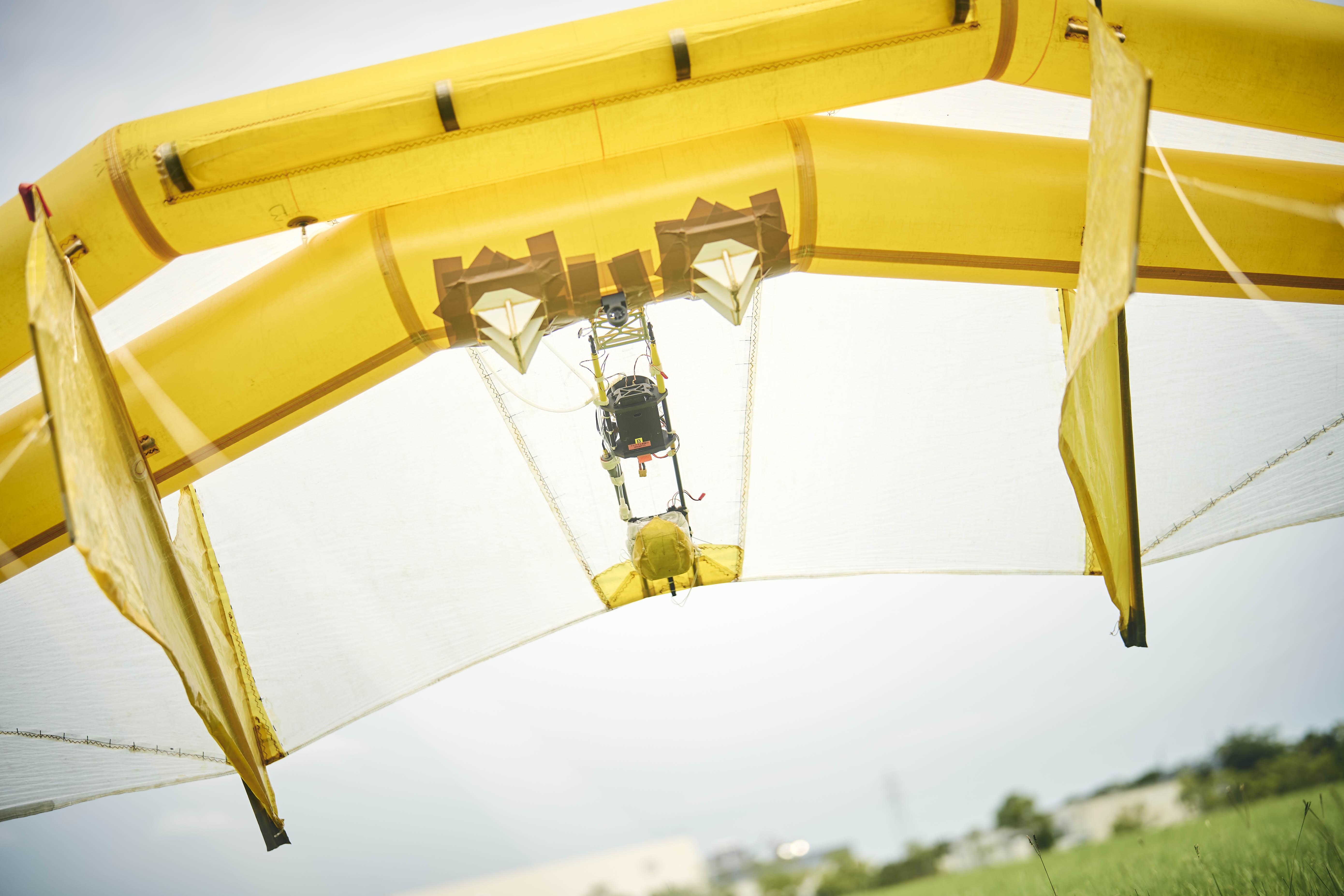
Instead of kites, the technology could be applied to flying vehicles. The ability to carry objects too heavy for drones could provide solutions for mountainous areas or remote islands.
Itakura also gleefully shared some ideas “even more outlandish” than power-generating kites.
Itakura captain
In agriculture, for instance, crops like cabbage grow better in cooler climates. Since temperatures drop as you go higher, we could potentially make bigger kites to create “floating farms.”
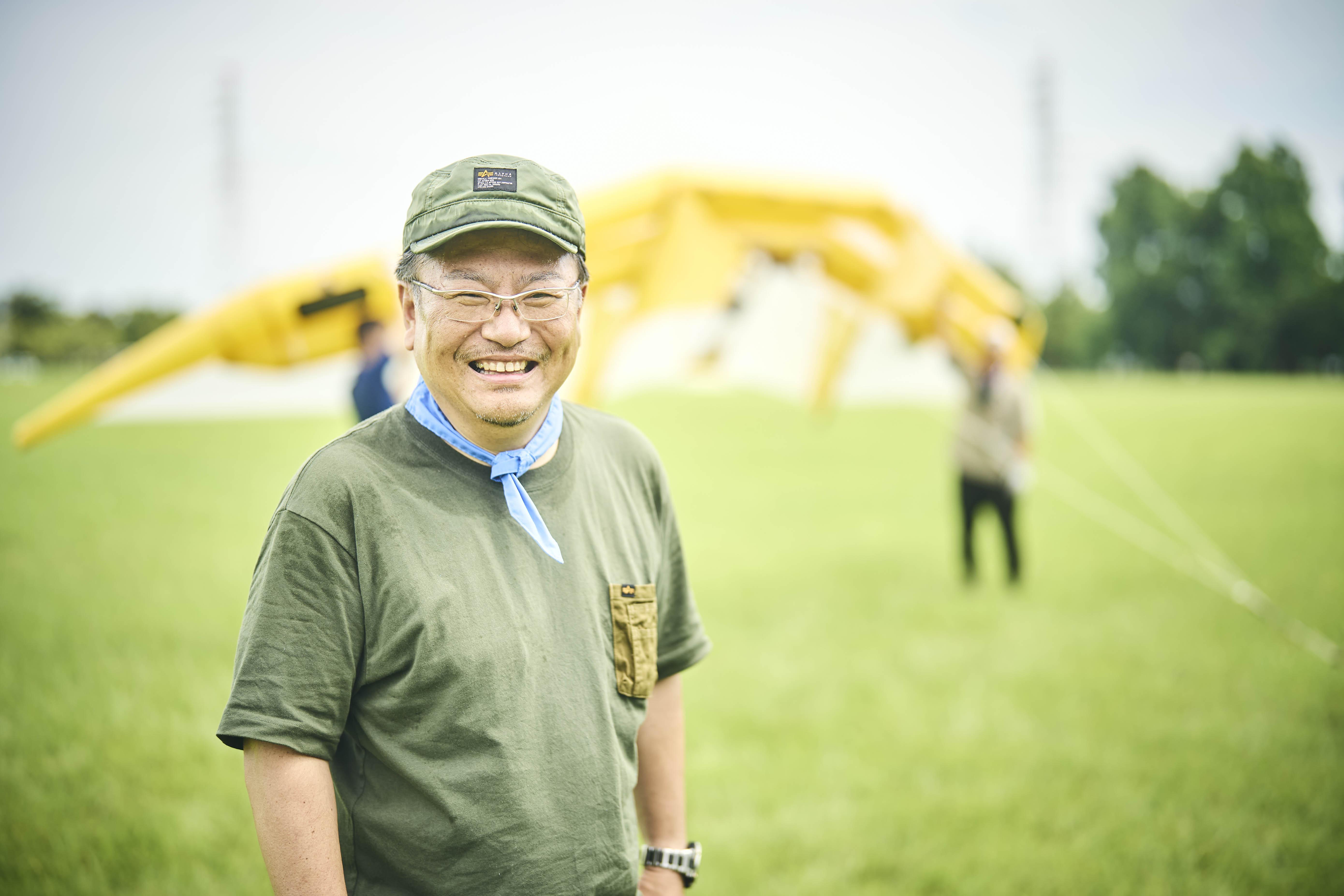
When speaking with an association for Japan’s remote islands, we also learned that, even if a patient needs urgent transfer to a mainland hospital, medical helicopters aren’t available at night. We could take advantage of our flying ability to create all-weather medevacs. Or you can push that even further and imagine floating cities.
This vision of the future may sound fanciful. Yet the man who has led Toyota’s improbable power-generating project this far is serious about trying to change the future.
Itakura captain
Our next goal is to fly at an altitude of 5,000 meters continuously for eight days. Right now, our record is 12 hours at 2,700 meters, so we still have hurdles to overcome, such as improving weather resistance and reliability.
But if we can clear that target, we’ll be within sight of various applications, from the weather to communications.
My first priority would be meteorological uses. Flying the kites at sea, with sensors to measure the vertical distribution of water vapor mounted on the tether, could allow us to obtain more precise weather information.
Using these values to run supercomputer calculations has been proven to accurately predict linear precipitation zones well in advance.
Being able to precisely forecast torrential downpours ahead of time could help save lives and property. Amazingly, Itakura revealed that his team “has also been invited to participate in the Cabinet Office's meteorological research.”
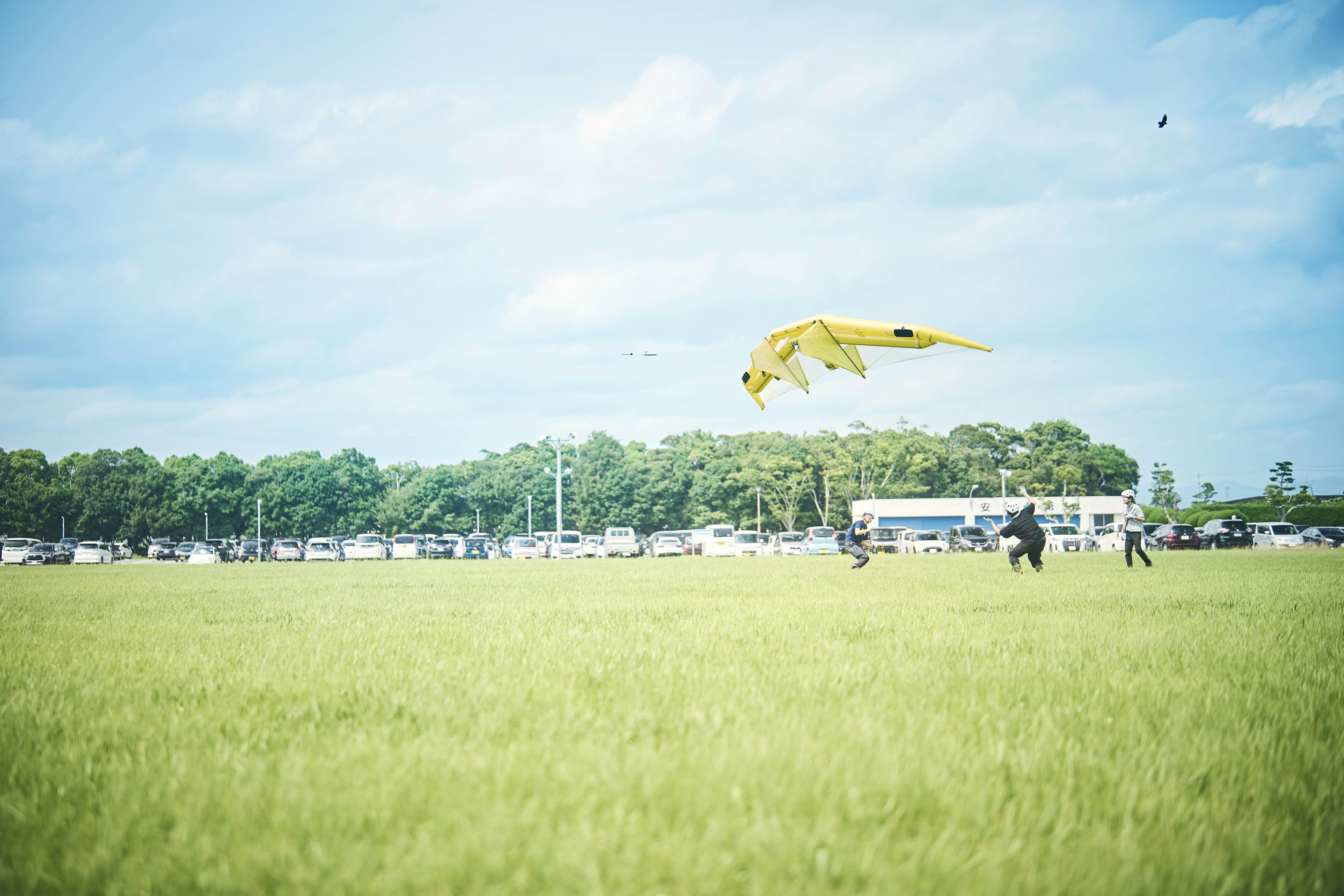
As its name suggests, the Mothership holds countless possibilities.
Itakura’s excitement for the future has drawn many like-minded peers from inside Toyota and beyond. As their number grows, the possibilities continue to expand. We’ll be keeping a close eye on their future efforts.

